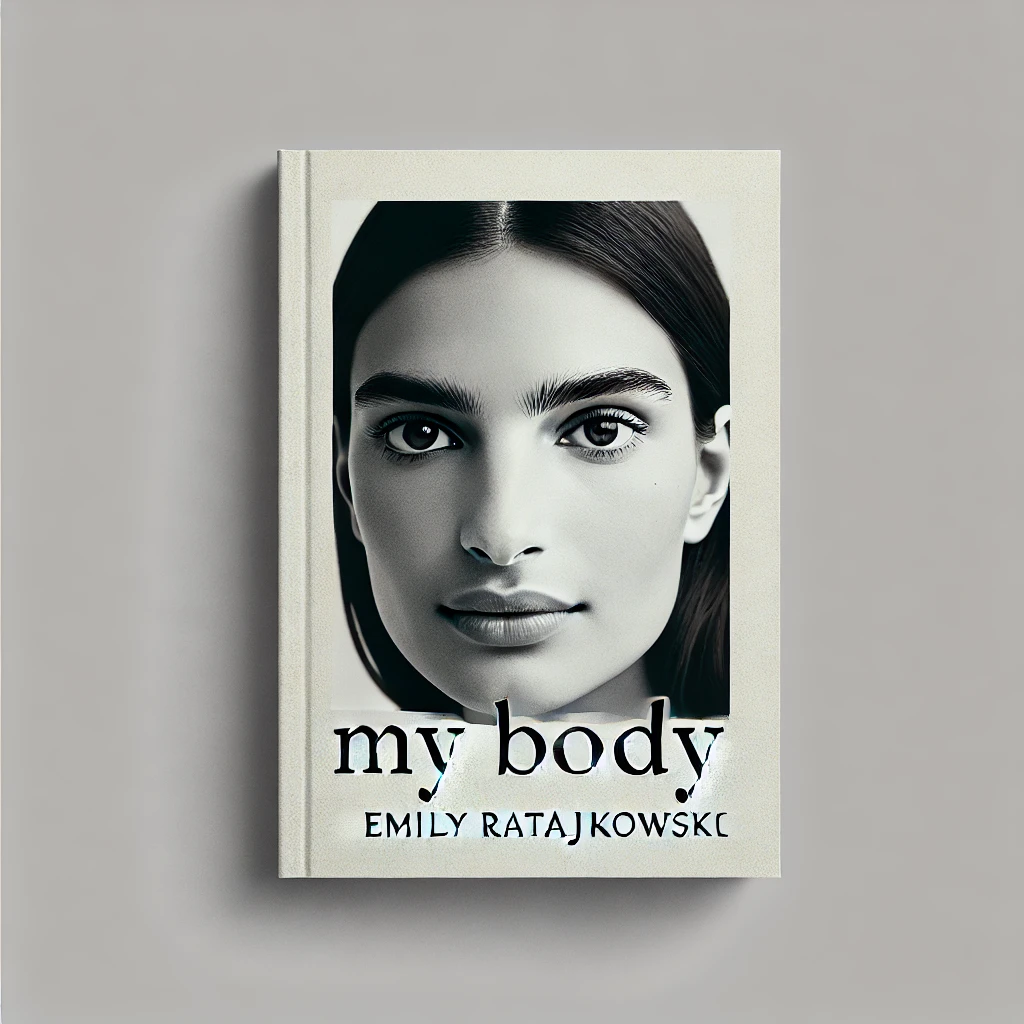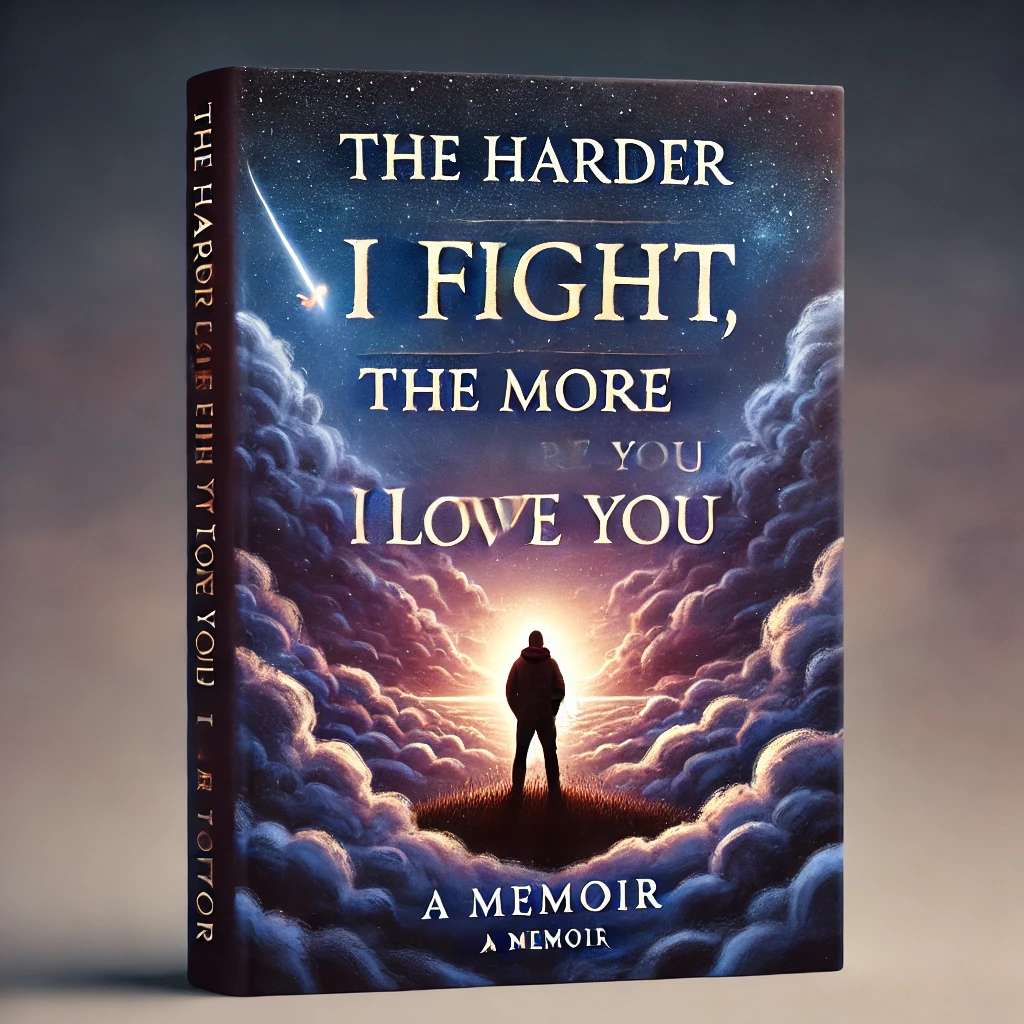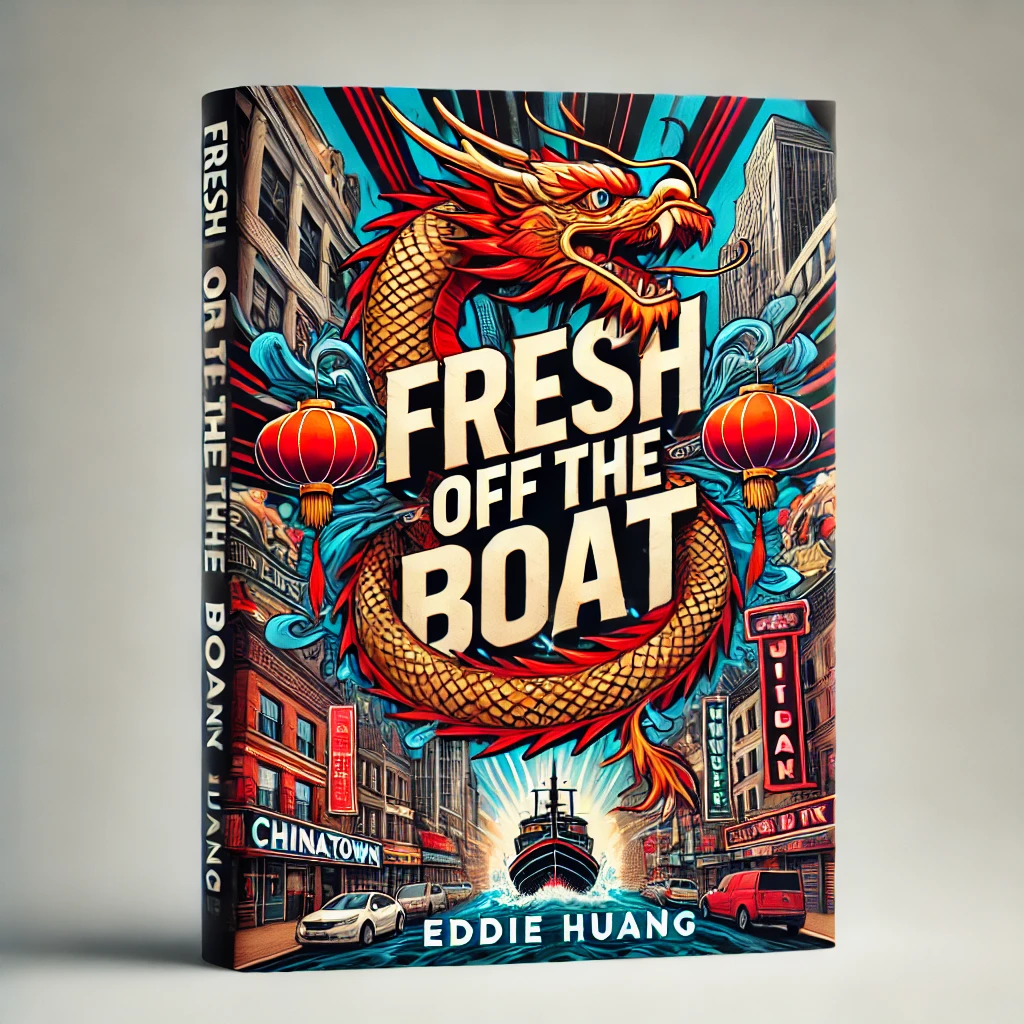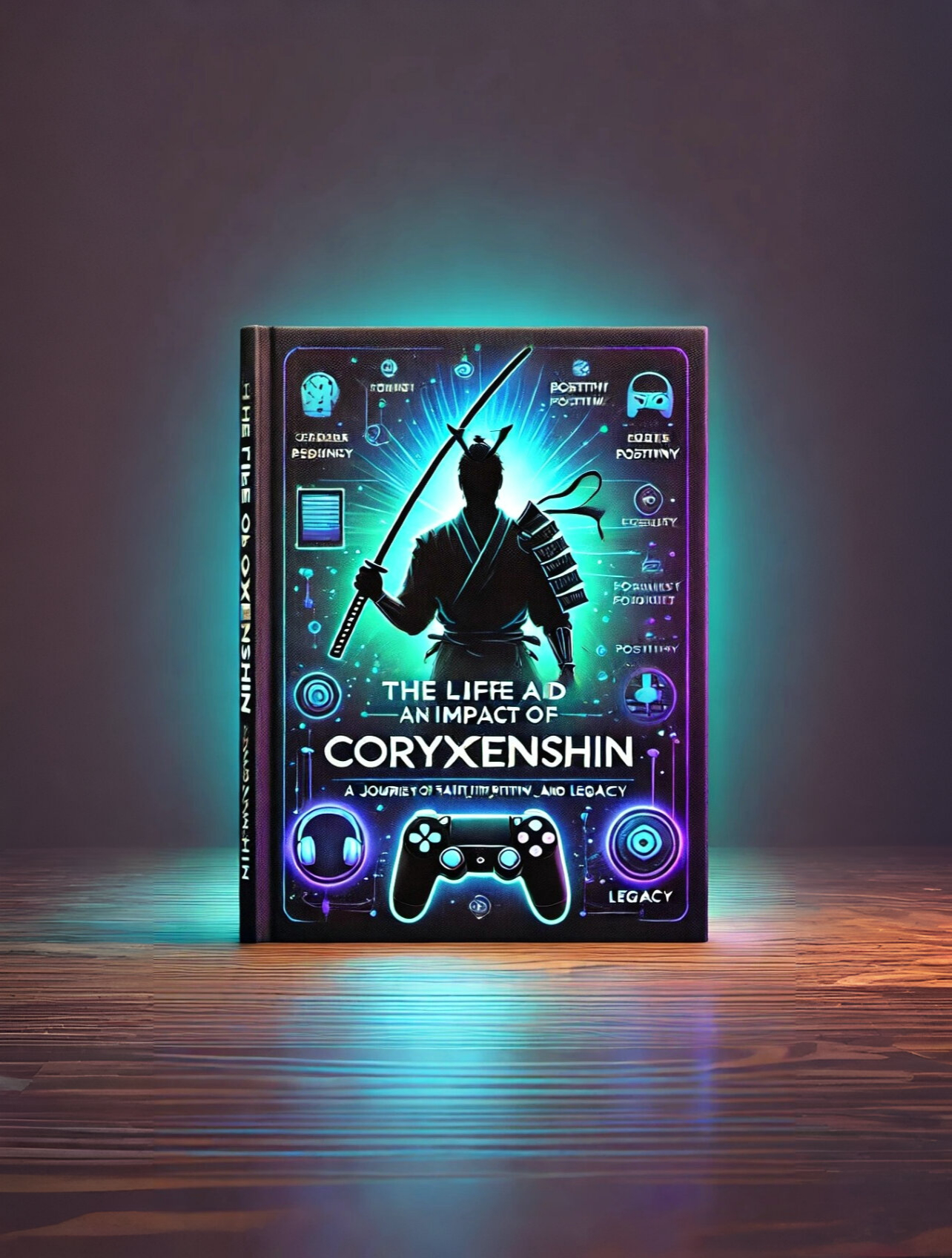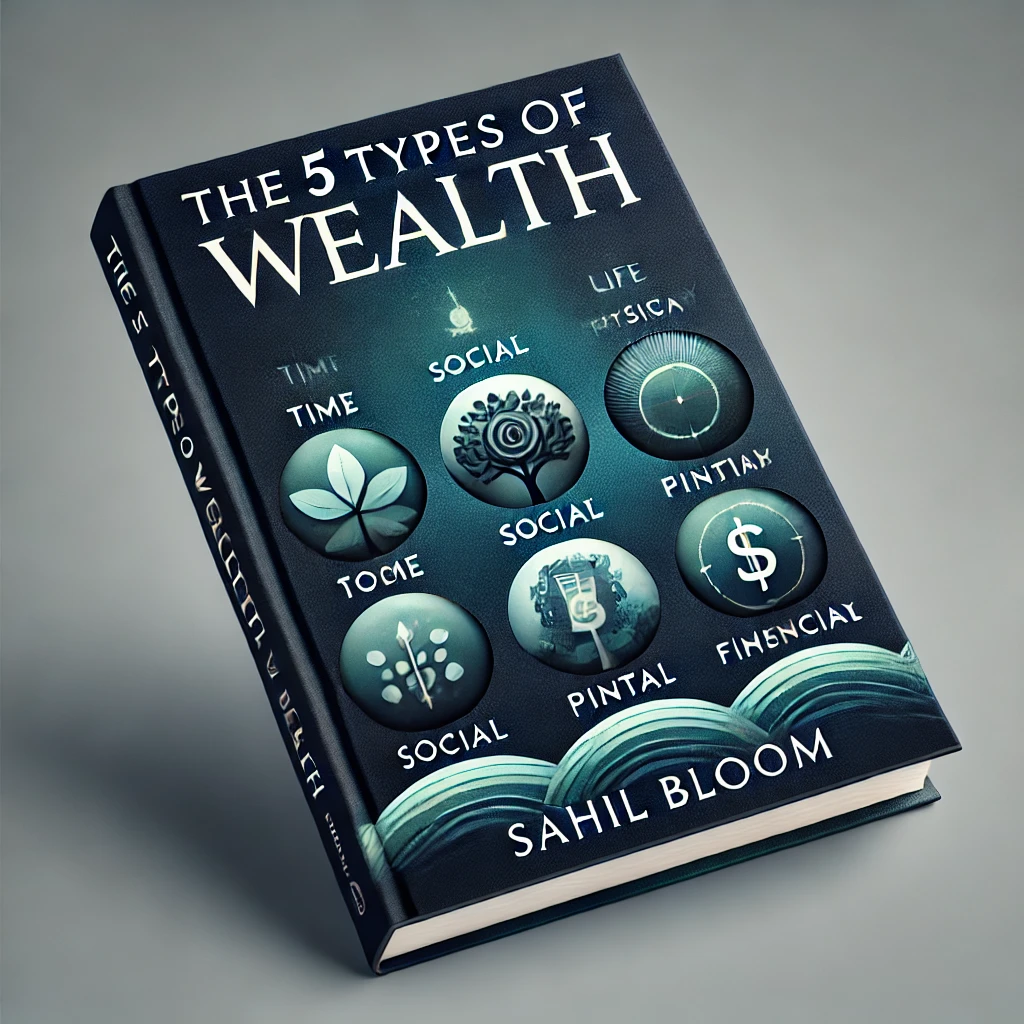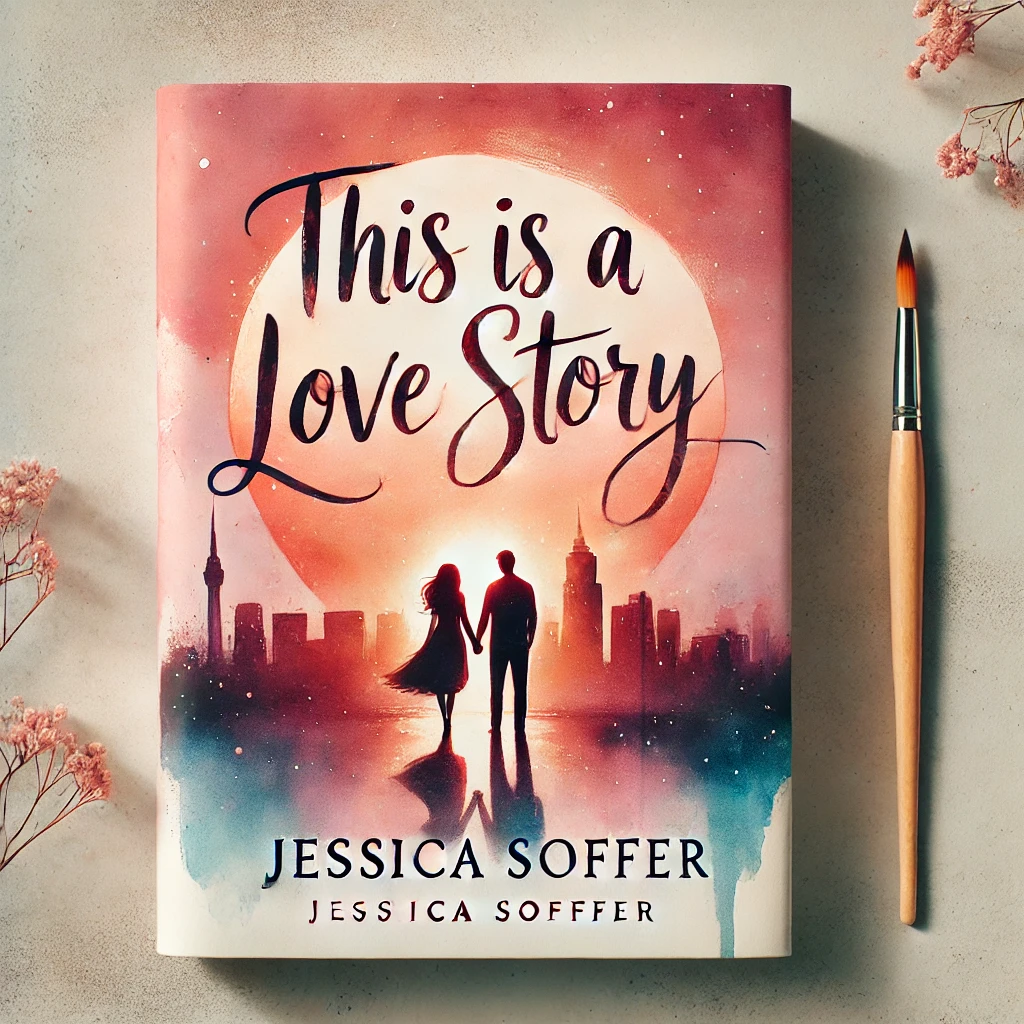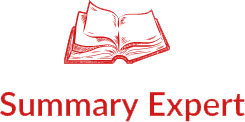Emily Ratajkowski, famously known as Emrata, is an award-winning model, actress, and author. My Body is a memoir about how personal identity intersects with societal beauty standards, feminism, and the commodification of women’s bodies. In it, she provides a fierce critique of the modeling world and its far-reaching penetration of women’s perceptions of themselves. Herein, we provide an in-depth analysis and detailed summary of My Body by Emily Ratajkowski.
Introduction to “My Body”
Key Themes in “My Body”
1. The Commodification of Women’s Bodies
One of the central themes that come out in My Body is how society commodifies the female body. Ratajkowski talks about the realization, from a tender age, that her body had value in the eyes of others. This realization gave her career opportunities but also exploited her. She writes very candidly about the wars between profiting from an image and losing control over it.
It is Ratajkowski who gives this theme one of its most compelling explorations in her essay, “Buying Myself Back,” in which she recounts legal battles over the unauthorized use of her photographs, thereby illuminating power dynamics that expose women to exploitation even as they seem to achieve success.
2. The Male Gaze and Feminism
Ratajkowski critiques the theory of the male gaze and the manner in which it frames not only women’s realities but also societal expectations around those realities. She describes some of her modeling stories and how she felt she became nothing more than an object of desire. She asks the reader whether empowerment through one’s sexuality is actually freedom or if it simply enforces the systems that these ideals are trying to overthrow.
This is perhaps the most significant theme in her narration on the “Blurred Lines” music video. She, who became an overnight sensation due to this video, candidly speaks of how uncomfortable she was about being objectified in the same.
She juxtaposes it with how she has tried to reclaim her narrative by looking at what it means to have control over one’s body and image.
3. Beauty as Power and a Burden
Another important theme is the duality of beauty as both a source of empowerment and a burden. The success of Ratajkowski as a model has provided her with opportunities; however, she writes about the difficulties of being constantly watched. She questions how much of her identity has been determined by societal ideals of beauty and reflects on the psychological toll of being perpetually evaluated.
Detailed Chapter Summaries
Chapter 1: “Blurred Lines”
The book opens into a profound discussion of the “Blurred Lines” video as an expression of an important cultural phenomenon. There, Ratajkowski talks about how the clip was not only a springboard for her career but an ongoing well of discomfort. And so she writes about that: how it’s empowered and also exploitative.
Chapter 2: “Buying Myself Back”
This chapter becomes the core of the memoir, recounting the struggle to reclaim the right over her own image by Ratajkowski. She tells a story where an artist used photos off her Instagram without her consent and got her into a lawsuit that revealed the problem on the ownership of women’s images. The chapter has strong arguments for consent and the way societal power mechanisms always tend to ignore the notion.
Chapter 3: “Beauty Lessons”
In this chapter, Ratajkowski reflects on her childhood and early experiences with beauty. Growing up, she was frequently praised for her looks, which shaped her understanding of her value in the world. She shares poignant stories about how these early lessons influenced her career choices and personal relationships, offering a nuanced perspective on the intersection of beauty and identity.
Chapter 4: “Fame and Isolation”
Critical Appraisal
Writing Style by Ratajkowski
The writing of Emily Ratajkowski is candid, introspective, and deeply personal. Her essays are not mere accounts of events but rather thoughtful examinations of broader issues in society. She manages to blend personal narrative with cultural critique in a way that makes the book both engaging and thought-provoking.
Strengths and Weaknesses
Strengths
- Authenticity: The vulnerability and honesty of Ratajkowski make her reflections resonate with readers.
- Cultural Relevance: The book deals with timely issues such as feminism, body image, and the exploitation of women in media.
- Empowerment: By sharing her struggle and triumph, Ratajkowski inspires readers to introspect about their personal identity and autonomy.
Weaknesses
- Limited Scope: The book provides crucial lessons while focusing more on personal experience and less on a detailed, systemic solution.
- Tone: The memoir does not suit readers who might seek a lighter or easier story to read.
Why “My Body” Matters
My Body is a great contribution in the conversations of feminism as well as the representation of women in media. Through her story, the author challenges readers to have a reevaluation of societal standards and consider their own ways of being complicit in some harmful systems. The book is a must-read by anyone who wants to fathom the complexities of identity, empowerment, and the impact cultural expectations have on women.
Conclusion
Emily Ratajkowski’s My Body is a powerful and thought-provoking memoir that sheds light on the intersection of beauty, power, and identity. Through her candid essays, Ratajkowski challenges societal norms and encourages readers to engage in meaningful conversations about feminism, autonomy, and the commodification of women’s bodies. This book is an essential read for anyone seeking to understand the nuances of empowerment and the challenges of reclaiming one’s narrative in a world that often seeks to define it for them.


